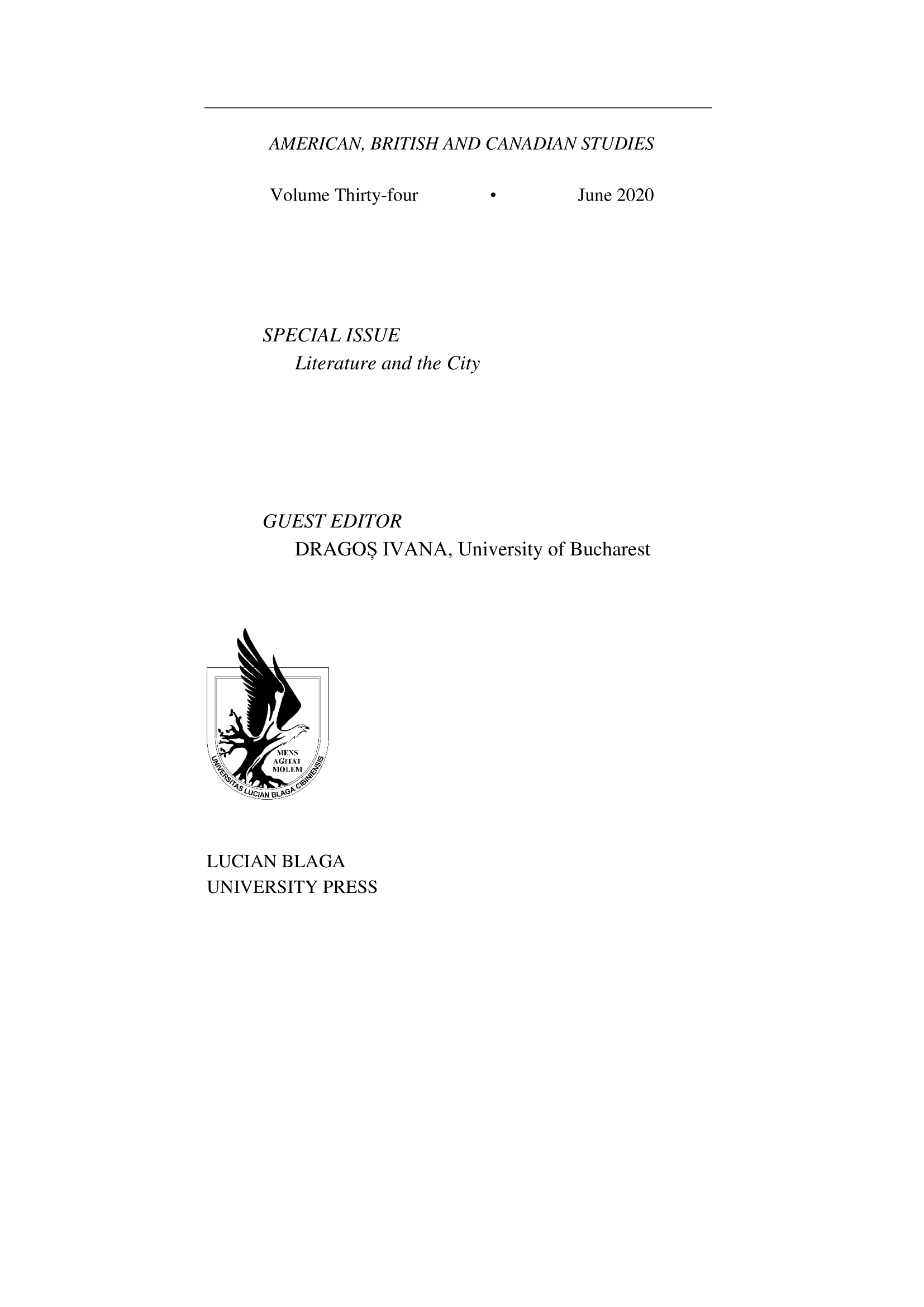The Dystopian Transformation of Urban Space in Margaret Atwood’s The Handmaid’s Tale
The Dystopian Transformation of Urban Space in Margaret Atwood’s The Handmaid’s Tale
Author(s): Raluca MoldovanSubject(s): Language and Literature Studies, Studies of Literature, British Literature
Published by: Editura Universitatii LUCIAN BLAGA din Sibiu
Keywords: Cambridge; Gilead; The Handmaid’s Tale (novel); The Handmaid’s Tale (2017 TV series); urban transformation; urban landscape; The Testaments;
Summary/Abstract: The present contribution examines the representation of the city in Margaret Atwood’s 1985 dystopian novel, The Handmaid’s Tale, with the aim of uncovering how the urban space is transformed and repurposed in order to uphold the ideological pillars of the theocratic regime described in the book. The urban space depicted in the book, which the reader sees through the eyes of the protagonist and narrator Offred, is built upon the contrasting image of “everything looks the same” versus “everything is fundamentally different.” Inspired by the Puritan colonies of 17th -century New England, the Republic of Gilead, in a manner similar to many reallife totalitarian regimes throughout history, remodels the urban space in such a way as to correspond to its worldview and help maintain its hold on power. The first part of the article examines how this is done in the novel itself (also making brief references to the representation of the city in the 2019 sequel to The Handmaid’s Tale, entitled The Testaments) while the second part discusses how the city is portrayed in the 2017 TV series adaptation of the novel in order to highlight similarities and differences between the literary and televised versions.
Journal: American, British and Canadian Studies
- Issue Year: 2020
- Issue No: 34
- Page Range: 103-123
- Page Count: 21
- Language: English
- Content File-PDF

